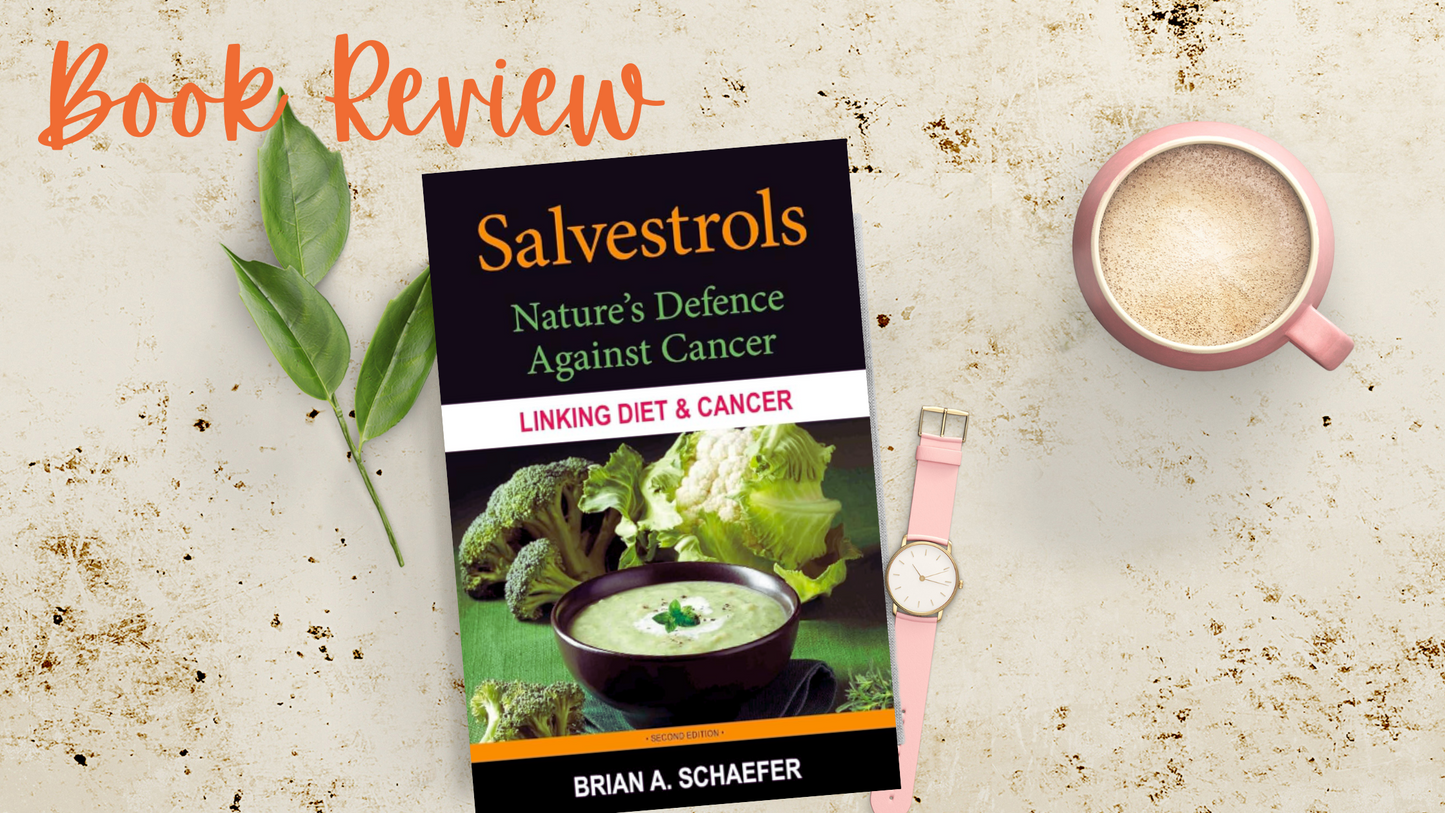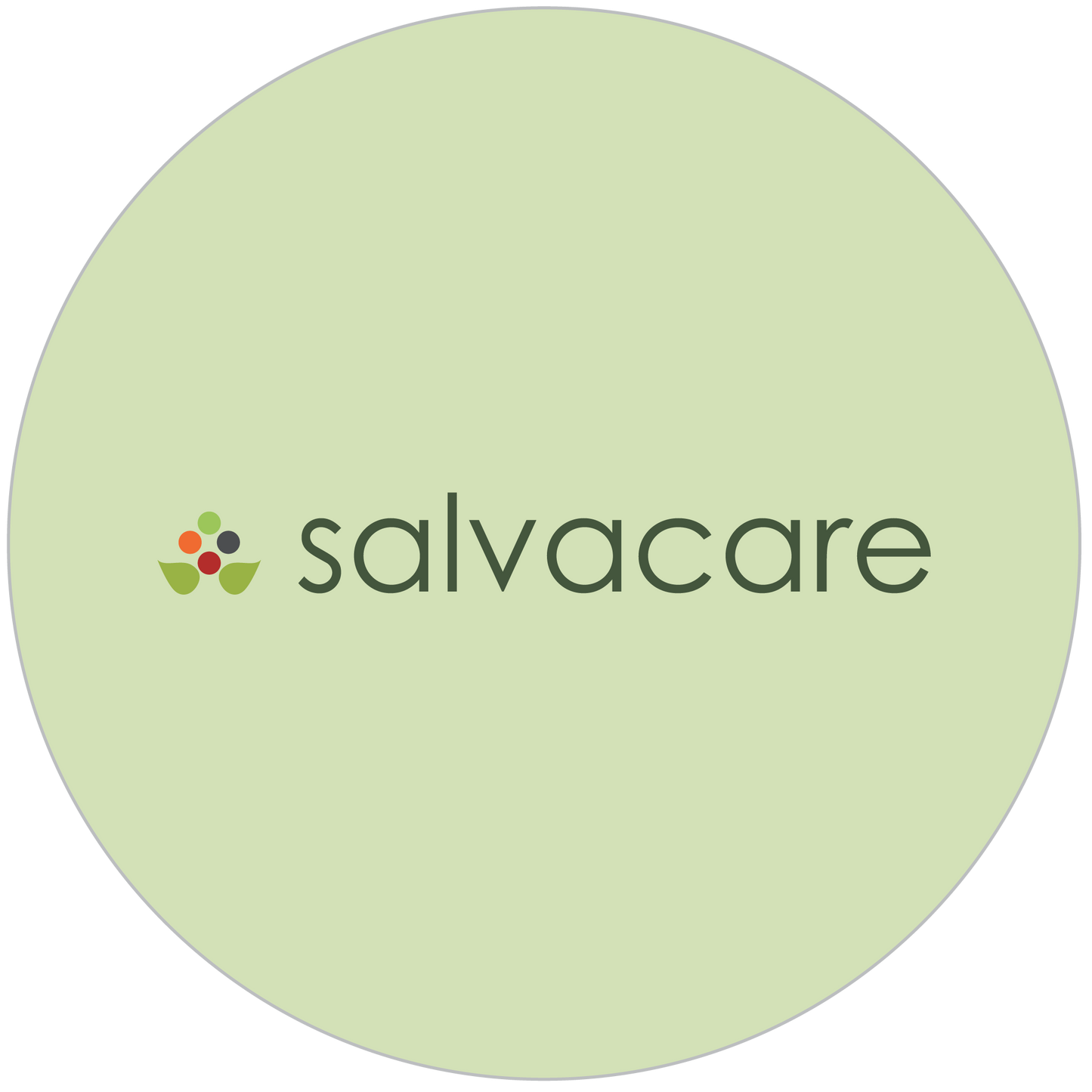
A compelling, must read for anyone, medical or other, looking for answers explaining the change in the prevalence of cancer and why it is now a part of our everyday lives.
Why how we grow and collect our food has had an impact and linking these changes to the increase in cancer that has brought it into our very own homes.
Thought provoking in its science and how it makes one think…….a definite call to action!

Clearly a lot has been learned since publication of the original version of this book. During this time the understanding of Salvestrols, CYP1B1 and the highly selective Salvestrol/CYP1B1 mode of action has benefited from ongoing research, discussion and feedback from physicians treating cancer patients.
This has provided new insights and solidified the understanding of various nuances of Salvestrols and their metabolism by the universal cancer marker CYP1B1.
These new insights are presented in plain language so that both practitioners and their patients can understand them. Of particular importance, in this second edition, is the discussion of the synergy between ascorbic acid and metabolism of Salvestrols through CYP1B1 that can be capitalised upon to yield improved patient outcomes.
In this second edition of the book Brian shows how ascorbic acid provides the electron donation that enables the metabolism of Salvestrols by CYP1B1. This synergy between ascorbic acid and the Salvestrol/CYP1B1 mode of action can be utilised in clinical practice to enhance the outcomes that would be achieved with either approach used in isolation.
In addition, insights are provided to show how this mechanism can be utilised to manage estradiol metabolism and the metabolism of chemotherapies by CYP1B1. These insights increase the utility of exploiting this mechanism within clinical settings.
I must say that this new material in the second edition is excellent and adds much to the value of the book.

In “Linking Diet and Cancer” Brian shows, once again, how food-based compounds, known as Salvestrols, when metabolised by CYP1B1, produce metabolites that are anti-cancer agents within the confines of the cancer cell. These then suppress tumor growth and initiate cell apoptosis.
Brian expands on the link between diet and cancer that leads to the reduced cancer numbers that are seen with higher fruit and vegetable consumption.

Brian coined the phrase “rescue mechanism” for the Salvestrol/CYP1B1 mode of action to rid the body of cancer cells and goes on to explain that the cancer cell specific CYP1B1 enzyme is a natural rescue enzyme whose role is to activate specific dietary substrates into anti-cancer agents within the cancer cell itself.
The key being that this would happen only within the cancer cell, being selective only to the cancer cell and leaving the healthy normal cells alone. I am most impressed with the evidence he presents in his book, and he is overwhelming demonstrates the point that this is indeed a rescue mechanism.
The case is made clear and concisely that CYP1B1 is a rescue enzyme for the body to protect against cancer and that the question “why don’t we all get cancer” (Potter, G, 2005) lead to the discovery of these “prodrug” secondary plant metabolites known as Salvestrols.
The defining characteristic of the Salvestrols was the specific selective action within the cancer cells when metabolised by the CYP1B1 enzyme resulting in both the suppression of tumour growth with regulation of cell life cycle and initiation of apoptosis.
This would be the fundamental mechanism for maintaining good health …. an inherent rescue mechanism being “Nature’s Defence Against Cancer” which we have borrowed from plants in our diet.
This is the huge breakthrough and is the distinguishing feature of Salvestrols.
I must say that the new material in the second edition is excellent and adds much to the value of the book.
Cheryl Wiggins BPharm (Hons) Rhodes ABAAHP ACAAM RegPharmNZ


Is this book still available!
Thankyou
Do you have any positive feedback from patients in an advanced stage of liver cancer ?